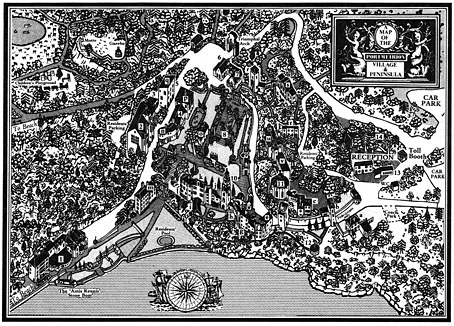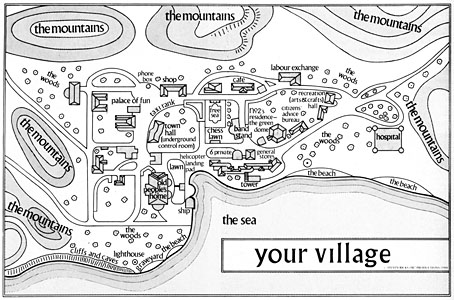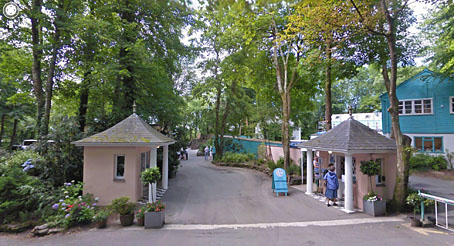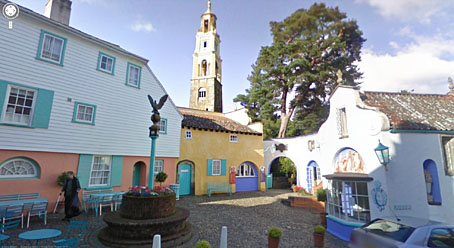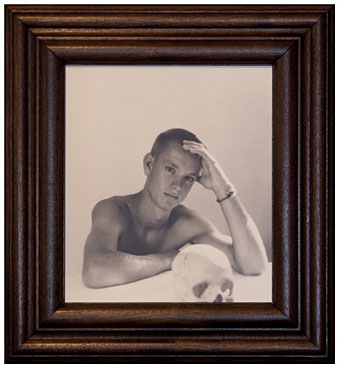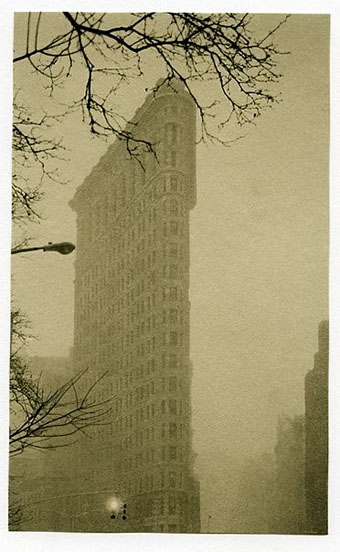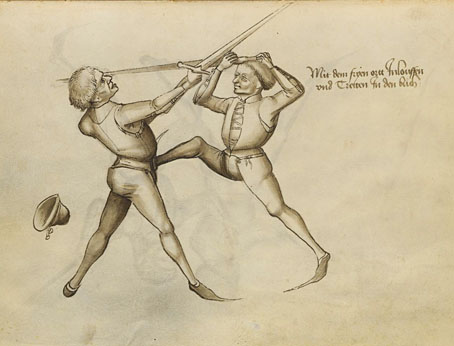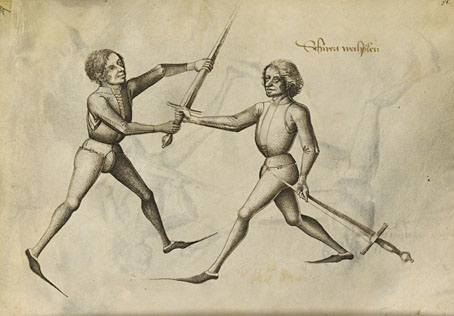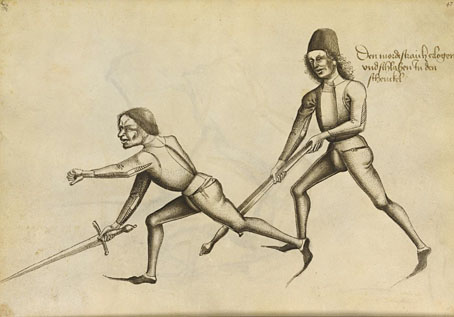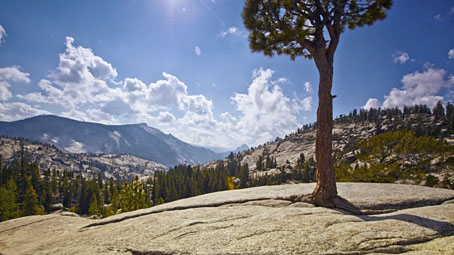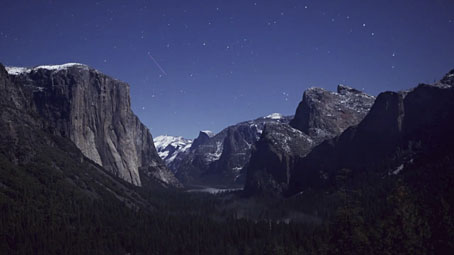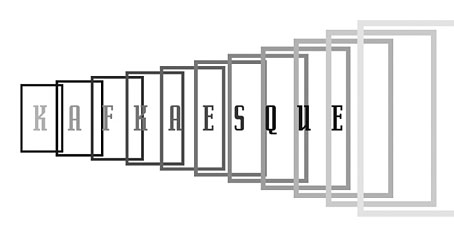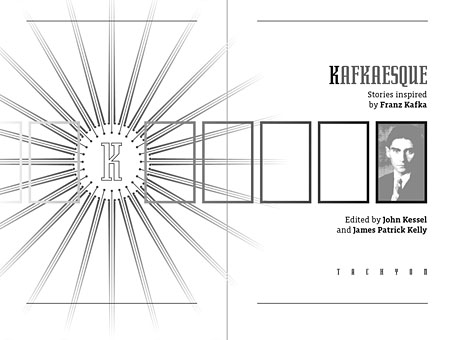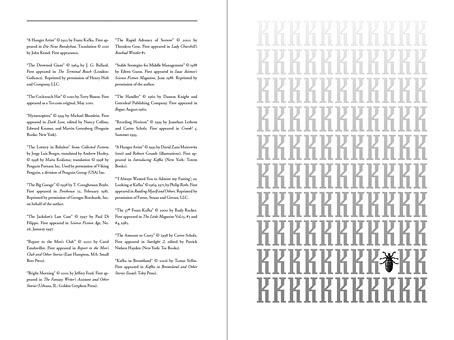Ever fancied a wander around Portmeirion, aka The Village from The Prisoner? In the past you’d have to travel to Gwynedd in North Wales in order to do so but since August 2010 it’s been possible to roam the place using Google’s street view. This is somewhat surprising on two counts: firstly, while Portmeirion masquerades as a shrunken Mediterranean town it’s actually an open-plan hotel which visitors have to pay to explore. More surprising is finding the street view camera leaving the roads to follow many of the paths around Clough Williams-Ellis’s trompe l’oeil architecture. I imagine Google has done this elsewhere but this is the first instance I’ve come across. In addition to exploring a woodland walk it’s possible to follow the paths down to the beach, past the stone boat and along the coast for views of the Dwyryd estuary. There aren’t any white balloons or Mini Mokes in evidence, of course. If you want those you can always watch the TV series where the place appears larger thanks to camera lenses and some canny editing.
And speaking of lenses, ironies abound when you notice the surveillance cameras in the hotel car park, never mind the way the Google Panopticon has laid the place open to global eyes. In the Chimes of Big Ben episode of The Prisoner Number 6 asks whether Number 2 wants to see the whole world as the Village. “Yes,” says Number 2. Are we there yet?
The two maps here are from The Prisoner (1990), a book by Alain Carrazé & Hélène Oswald. Unfortunately the key to the map of Portmeirion wasn’t included. The following shots are my selection from the Google views starting at the toll booth and working down to the beach. Be seeing you.
The Toll Booth.
Battery Square.

